Overview
Map
Other Details
كنيسة سيّدة الحصن
Ehden
Zgharta
North
كنيسة سيّدة الحصن - إهدنفي القرن السادس بنى الجراجمة الذين استوطنوا إهدن حصنًا على تلّةٍ مشرفةٍ على المدينة، على أنقاض هيكلٍ وثنيّ لِعَنَات إبنة إيل. جُعل الحصن كنيسةً على اسم العذراء مريم. سنة ١٢٨٣ خرّب المماليك الحصن، فأعاد الإهدنيّون بناؤه بعد ثلاث سنوات. البناء كناية عن عقدٍ سريريّ ينتهي بحنية، رمّم عدّة مرّات عبر تاريخه الطويل. الكنيسة تُعدّ مزارًا ومكان حَجٍّ يقصده المؤمنون للتبرّك. سنة ١٩٨٩ بنيت الكنيسة الجديدة.The church of Our Lady of the Fort - EhdenDuring the VIth century the Mardaites that came to Ehden built a fort with a small church over the ruins of an old pagan temple dedicated to Anaat daughter of Il. The church was dedicated to the Virgin Mary. In 1283 during the Mamluky raid the fort was sabotaged and rebuilt by the people of Ehden after three years. The structure is a small crib vault ending with an apse, it was renovated many times during its history. The church is considered a pilgrimage site. In 1989 a new church was constructed near the old one.
Visited 1657 times, 3 Visits today



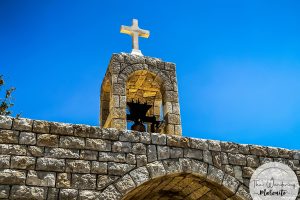
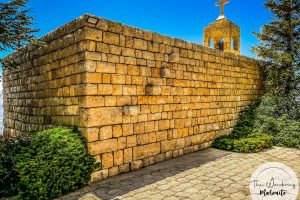
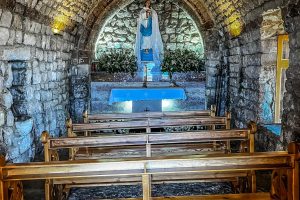
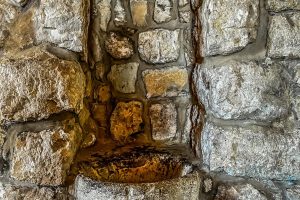



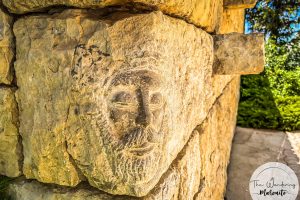










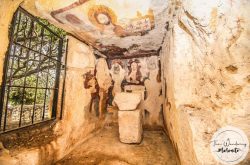

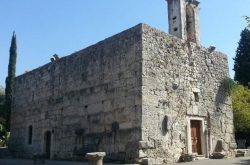
Reviews are disabled, but trackbacks and pingbacks are open.